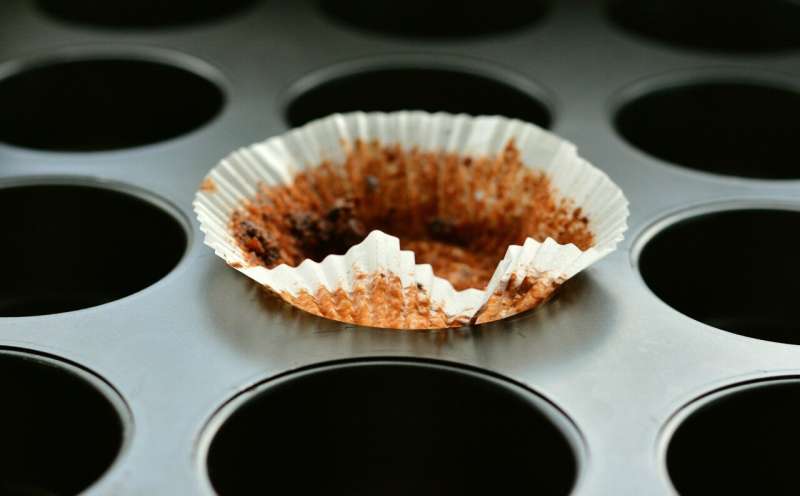August 2, 2024 report
This article has been reviewed according to Science X's editorial process and policies. Editors have highlighted the following attributes while ensuring the content's credibility:
fact-checked
peer-reviewed publication
trusted source
proofread
More microbes found that break down the carbon-fluorine bonds found in some unsaturated PFAS

A team of chemical and environmental engineers at the University of California Riverside, working with colleagues from the University of California Los Angeles, has found a class of microbes that consume PFAS in the environment and sever some of the bonds that hold them tightly together.
In their study, published in Proceedings of the National Academy of Sciences, the group searched for and found a type of bacteria capable of breaking down the carbon-fluorine bonds in some unsaturated PFAS chemicals, suggesting a way to remove such chemicals from sewage water.
Per- and polyfluoroalkyl substances (PFAS) are a group of man-made chemicals that persist in the environment for long periods. They are made and used in many products and easily make their way into the food chain and water supply.
Prior research has suggested that consumption of PFAS can lead to a wide variety of negative health impacts on humans, plants and other animals.
Governments around the world have begun to ban PFAS chemicals and scientists seek methods to prevent them from entering the environment. One approach has involved looking for bacteria that naturally consume the chemicals and break them down during processing. Prior research efforts identified such bacteria and this new effort adds to the list while providing a way to improve their efficiency.
After finding a new type of bacteria capable of breaking down carbon-fluorine bonds, the research team took a close look at how it did so and found that it was due to certain enzymes they produce. That led them to search the literature for more bacteria that create the same type of enzyme, which led them to more bacteria that eat PFAS, some of which already live in wastewater samples, and thus, treatment plants.
The researchers also found that adding electroactive materials to water samples that contained PFAS-eating bacteria and applying electric current promoted defluorination, thereby improving efficiency and reducing leftover byproducts. They suggest more research is required to find the full spectrum of bacteria-eating PFAS and to develop ways to use them to prevent the harmful chemicals from entering the food and water supply.
More information: Shun Che et al, Synergistic material–microbe interface toward deeper anaerobic defluorination, Proceedings of the National Academy of Sciences (2024). DOI: 10.1073/pnas.2400525121
Journal information: Proceedings of the National Academy of Sciences
© 2024 Science X Network





















